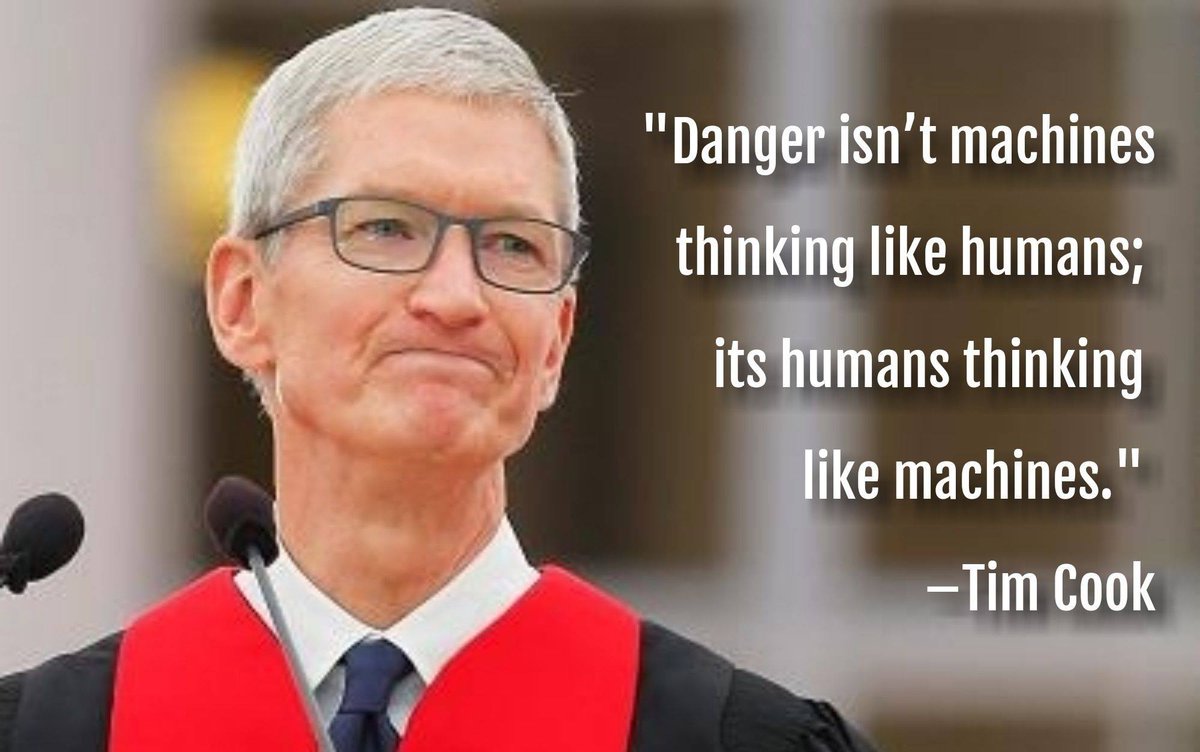Parte I, Parte II, Parte III, Parte IV, Parte V, Parte VI e Parte VII.
- O estabelecimento dos objectivos da qualidade; ou
- A criação do modelo de funcionamento da organização com base na abordagem por processos.
"Conjunto de elementos interrelacionados ou interatuantes de uma organização para o estabelecimento de políticas e objectivos e de processos para atingir esses objectivos."
O meu "amor" pela definição de sistema de gestão e sua importância nasceu na versão da ISO 9000:2000 que era ainda mais simples:
"Sistema para estabelecer política e objetivos e para atingir esses objectivos."
- Primeiro, quem são os clientes-alvo?
- Segundo, quem nos ajuda a servir e a satisfazer esses clientes-alvo?
- Terceiro, quem nos pode restringir ou influenciar na nossa capacidade de servir e satisfazer esses clientes-alvo?
"The object of strategy is an integrated set of choices that compels desired customer action. But companies do not control customers: they will do whatever they wish."
Vejo estas escolhas como as peças para criar um ecossistema em que:
- os clientes têm tudo a ganhar em trabalhar com a organização;
- os fornecedores e outros parceiros têm tudo a ganhar em trabalhar com a organização;
- as restrições criadas por algumas partes interessadas ou são usadas em nosso favor, ou os seus efeitos são minimizados.
"What would have to be true for this strategy to work?"
Porque a verdade é que a situação actual não está a funcionar, daí a necessidade de reformular a estratégia para aumentar o retorno da certificação.
Em vez de perguntar se uma estratégia “está certa ou errada?” ou “vai funcionar ou não?”, Roger Martin propõe uma abordagem mais hipotética e criativa: importa menos julgar antecipadamente e mais explorar o que terá de ser verdade para que uma determinada escolha estratégica possa funcionar.
Este modo de pensar permite suspender o julgamento e manter a mente aberta, evita discussões estéreis entre defensores de estratégias concorrentes, ajuda a clarificar suposições escondidas por trás das escolhas e permite identificar as incertezas críticas que devem ser testadas antes de assumir compromissos.
Por exemplo, se uma empresa pretende lançar um produto premium num novo mercado, a pergunta não é se essa escolha é boa ou má, mas sim: “What would have to be true for us to succeed com um produto premium neste mercado?”
A resposta poderá passar por verificar se os consumidores valorizam mais a qualidade do que o preço, se existem canais dispostos a vender produtos mais caros, e se a marca pode ser percepcionada como premium. Estas condições tornam-se hipóteses de trabalho, que podem — e devem — ser testadas antes de avançar.
Este tipo de raciocínio transforma a formulação de estratégia num processo de criação de hipóteses, de escolha consciente e de aprendizagem prática. Evita-se assim cair no erro de confundir desejos com realidade, adoptar estratégias apenas porque são populares ou avançar sem testar os pressupostos mais críticos.
O que faço é levar a gestão de topo da organização a pensar por que é que cada parte interessada relevante do ecossistema aceitaria de livre vontade fazer o seu papel?
Por exemplo:
Para os arquitectos:Ampliam a minha liberdade criativa - consigo materializar visões arquitectónicas ambiciosas sem limitações técnicas ou estéticas, porque conto com um parceiro que entende as minhas necessidades e domina a tecnologia.
Ajudam a reforçar a minha reputação profissional - consigo ganhar/reforçar a minha reputação entre pares e clientes por introduzir soluções técnicas inovadoras e esteticamente refinadas, que se destacam no mercado.
Colaboram no processo criativo - participam no processo criativo de forma colaborativa agregando valor estratégico, inovador e normativo, não são um simples "recebedor" de encomendas.
Reduzem os meus riscos e frustrações - com sistemas construídos com rigor técnico e atenção ao detalhe, diminuem os imprevistos em obra e asseguram a fiabilidade dos resultados.
Para os empreiteiros:
Obras mais previsíveis e eficientes - recebo produtos claramente especificados, tecnicamente consistentes e montáveis com elevada fiabilidade, reduzindo retrabalho e atrasos.
Dão-me apoio técnico e formação eficazes - beneficío de assistência directa na instalação, formação e garantia, o que agiliza o processo e dá confiança para executar projectos exigentes.
Valorizo o meu portfolio - ao participar em projectos de alto valor estético e técnico, ganho reputação e posso alavancar novos contratos com base na qualidade entregue.
Para os donos de obra (a Vitrumo não interage directamente com os donos de obra, mas o que os donos de obra procuram e valorizam contribui para que os arquitectos seleccionem a Vitrumo, porque os ajuda a satisfazer os seus clientes):
Obra diferenciada e de prestígio alto - fico com uma solução arquitectónica que alia forma e função, funcionando como “um extra de magia” no resultado final.
Prazo cumprido e orçamento controlado - beneficío da maior previsibilidade e qualidade logística proporcionada pelo alinhamento entre arquitecto, fabricante e empreiteiro.
Menos ansiedade e custos pós-entrega - com sistemas fiáveis e apoio eficiente, evitam problemas após a obra, reduzindo encargos com assistência e surpresas desagradáveis.
Isto está a ficar demasiado longo. Na Parte IX vamos construir um mapa da estratégia, com base neste esquema, e daí chegar aos objectivos da qualidade alinhados com a política e a estratégia.
%2009.53.jpeg)
%2011.45.jpeg)
%2010.12.jpeg)
%2009.59.jpeg)
%2010.29.jpeg)











%2006.21.jpeg)












